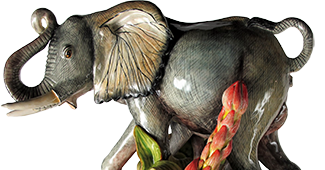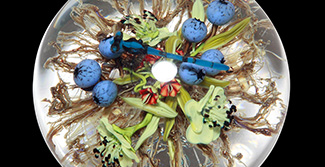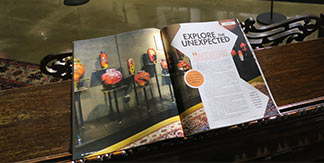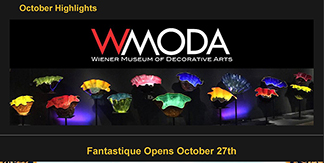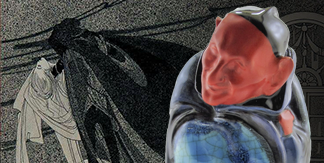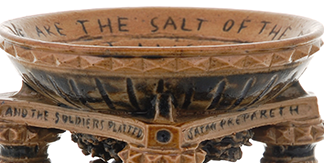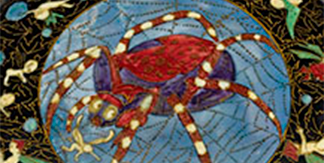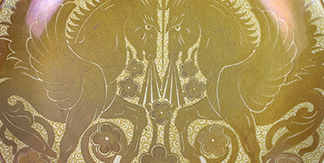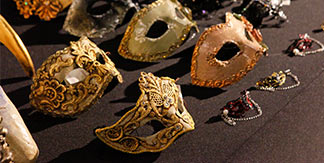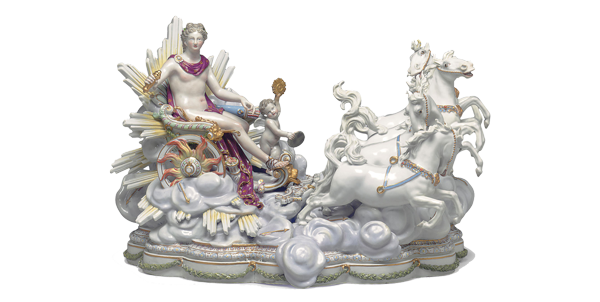An Elephant in the Room
Our latest Ardmore acquisition is a monumental urn, 31 inches tall, featuring elephants and rhinos, which is now on display in our Ardmore room. It’s hard to believe that these giants of the animal kingdom are being slaughtered in huge numbers for their ivory. The World Wildlife fund urges us
Beauty Beyond Nature
Paul Stankard is recognized internationally for his reinvention of the traditional glass paperweight. A highly skilled scientific glassblower, Paul began to study his local flora in the 1960s and encased his detailed observations in glass with a flame worker’s torch. Nestling in clear glass globes and cubes are tiny glass
A Spooky Story
For Halloween we are highlighting the spookiest pieces in the new Fantastique exhibition. The Spook figure was modeled by Harry Tittensor for Royal Doulton in 1916. Spook, derived from Dutch, is a synonym for a ghost or an apparition. The Wiener collection must be haunted as the Spook appears in
Salt of the Earth
Elaine Cooper, who passed away this year, made many firm friends around the world as a passionate collector of Royal Doulton, particularly salts. She shared her enthusiasm for collecting on several Collectors Cruises and published a reference book on Doulton Open Salts in 2009. Elaine’s book on the subject features
Daisy’s Dark Side
Most visions of Fairyland conjure up images of ethereal sprites with diaphanous dresses and gossamer wings dancing around toadstools in an enchanted wood. However, Wedgwood’s Fairyland Lustre by Daisy Makeig-Jones features imps, goblins, demon trees, and spiders that eat babies. Daisy’s denizens of Fairyland tend to be grotesque and freakish
As Good as Gold
Two glistening golden luster plaques depicting fabulous creatures greet visitors at the entrance to our new exhibit Fantastique. They are the work of William de Morgan, a Victorian Arts & Crafts designer who revived the ancient art of metallic luster painting on pottery. De Morgan often escaped into an imaginary
Myths & Meissen
Porcelain was so desirable that it was once known as ‘white gold’ and was traded around the world by the Chinese, who perfected the art 2,000 years ago. The method of making it was unknown to Europeans until the Meissen factory near Dresden began making ‘true’ porcelain in 1710. Meissen

